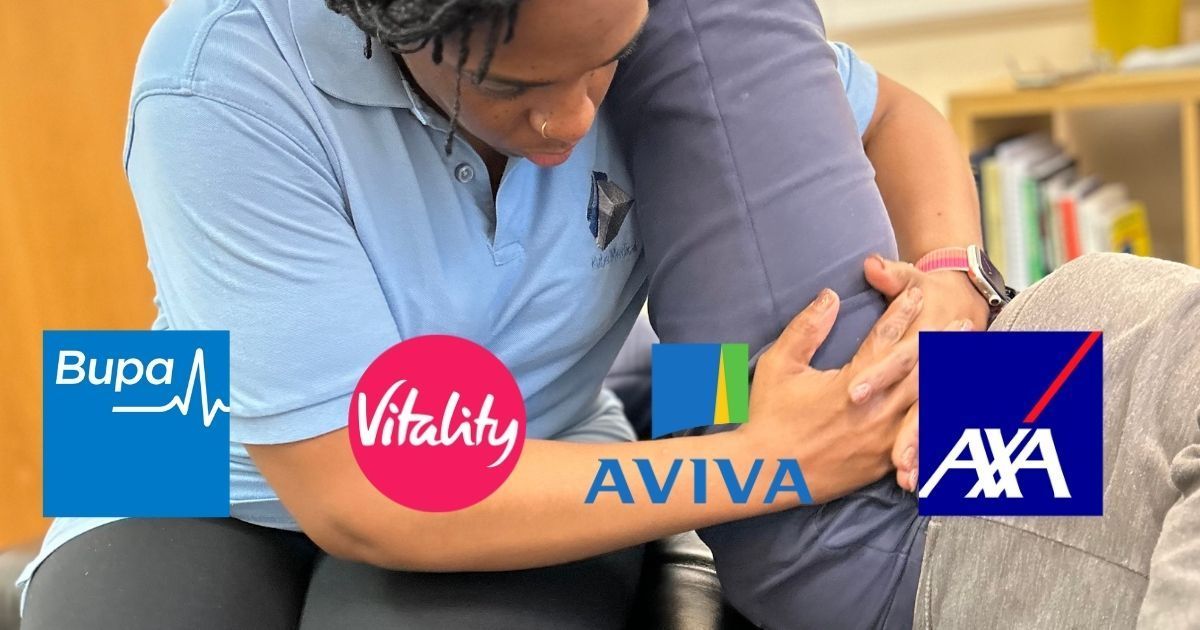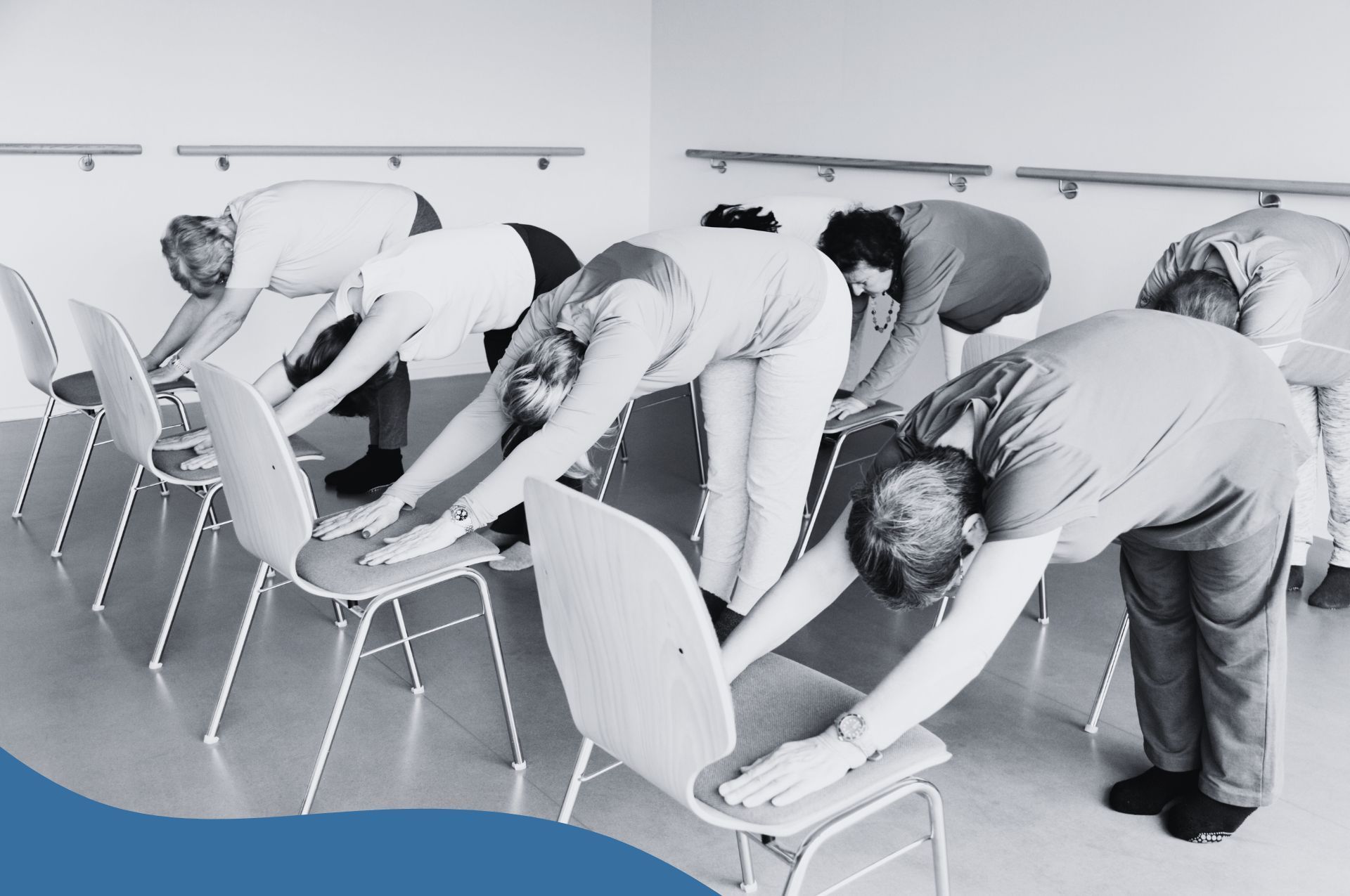What Are The 5 Stages Of Rehabilitation In Sport?
Patrick Campbell • 1 October 2021
The goal of rehabilitation is to see an injured person return to full form and function. Sports injuries are quite common and tend to mostly affect the musculoskeletal system. This includes the bones, muscles, ligaments, tendons, and soft tissues. All these parts help in supporting body weight and enabling movement.
When injured, proper care should be taken during the recovery process as one wrong move can lead to re-injury and a prolonged recovery period. Poor rehabilitation can also cause simple injuries to turn chronic which can negatively impact performance and a player’s ability to return to the game.
To aid in proper recovery, it is advisable to follow a structured rehabilitation process. This involves adhering to certain processes and exercises with due care. While not every injury can be treated the same way, there are some general guidelines you should abide by along the way to maximise the chances of a successful recovery.
Stages of Rehabilitation
1. Rest and Protect the Injury
The first step to rehabilitation lies in ensuring no further harm is caused. This will allow healing to begin and aid in the initial physical responses to injury. Inflammation and pain are the typical first responses. Inflammation is the body's defence reaction against anything harmful and aids in the elimination of damaged or dead tissue, replacing it with the growth of new normal tissue. You will want to limit the feeling of pain and ensure you protect the injured area so no more damage or further pain occurs.
Actions such as bandaging or placing a cast on the affected area is a good way to cover the injury and prevent infection or other harm. These actions can also help in immobilising the body part to help encourage rest and begin the recovery process. Applying an ice pack can also aid in relieving inflammation and prevent swelling. Taking an analgesic or anti-inflammatory medication may also be considered for pain relief. A physiotherapist
or doctor can be helpful at this stage in diagnosing the extent of the injury, how best to protect it while you rest, and in prescribing any medication that is needed.
2. Recovery of Joint Mobility and Range of Motion
Given some time to rest, protect, and allow swelling and pain to come down, the next step is to try and recover your full range of motion in the affected joint. This return to flexibility should be achieved without causing any significant pain. Some level of discomfort may be expected, making it harder to move as you did before the injury.
This stage involves the use of joint mobilisation, muscle stretching, and therapeutic exercise to support this movement. Whatever interventions are applied, should be gently undertaken to avoid further injury. Your physiotherapist will be able to guide you on flexibility training that will help restore your range of motion and promote function.
3. Recovery of Muscle Strength
At this stage, attention is given to restoring muscle strength and building up endurance. Damaged or dead tissue will have been replaced with new tissue that is not as resilient. Hence, when recovering from a sports injury, you will likely experience muscle fatigue and lack of stamina. The longer the time spent not training can prolong recovery at this stage. A conditioning process needs to begin to remodel and strengthen the new tissue, allowing the person to return to peak condition.
Your physiotherapist
will likely prescribe cardiovascular or aerobic training to help preserve endurance. This often begins with gentle exercises like swimming or riding a stationary bike. With correct form and minimal impact, your muscle groups will achieve fine form and it will promote better recovery. Load progression can be used to gradually build up this muscle and endurance, and avoid overloading that can lead to setbacks.
4. Recovery of Coordination
Sporting activity tends to entail an array of complicated movements that require a spatial awareness and positioning of limbs at any given time. With sports injuries, lesions can occur to the musculoskeletal frame that cause changes in these proprioceptive mechanisms. They can affect a person's ability to adjust muscular movements correctly and maintain balance.
This ability is disrupted during the recovery process but can be restored through specific exercises that address concerns ranging from balance to hand-eye coordination. Restoring this neuromuscular control and spatial awareness will reduce the risk of re-injury and increase the person’s chances of returning to competition. The exercises a physiotherapist will apply here will depend on how the person performs when undergoing a movement evaluation.
5. Recovery of Sport-Specific Technical Movements
Each sport has its own range of movements. The way a footballer will move is patently different from how a basketball player moves. The last stage of recovery involves helping the person retrieve their ability to perform complex movements that are specific to whatever sport they play. Here there is a focus on different aspects of movement including speed, agility, coordination, and balance. They can range from performing basic to complex skills like kicking a football into a net to juggling it.
At this stage, the person should return to full training and intensity, with increasing amounts of game time as their function and form are restored. The decision to return to full play may hinge on an evaluation and recommendations made by the doctor, physiotherapist, trainer, and coach. The opinion of the player must also be factored in as their feeling of physical and mental condition will impact their ability to confidently return to full play.
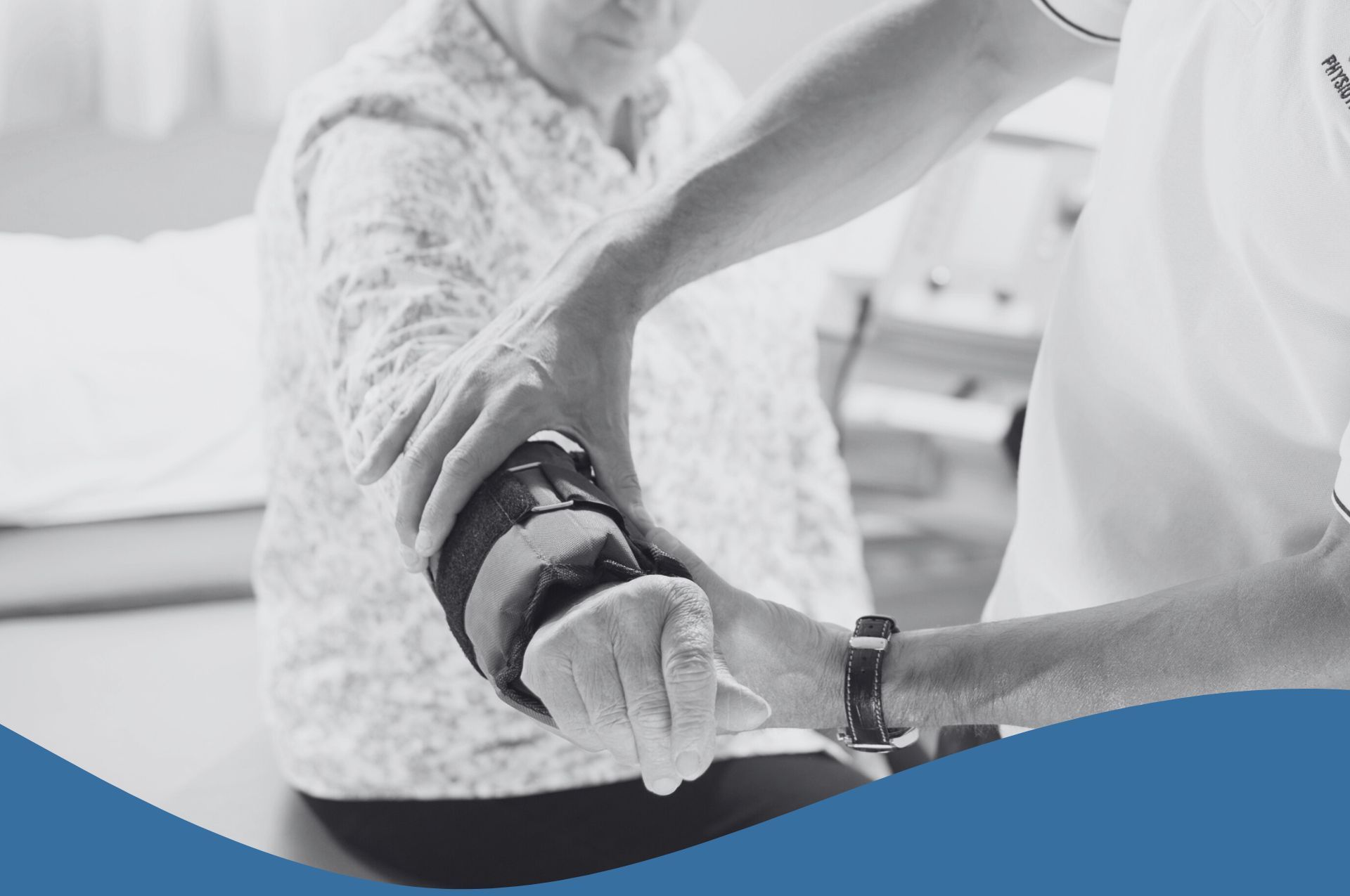
At Kube medical, we believe high-quality physiotherapy should be accessible, comfortable, and convenient. That’s why we provide professional home-visit physiotherapy services, helping you recover in the comfort of your own home and at a time that fits your lifestyle. Whether you're recovering after surgery or trying to fit treatment around a busy schedule, our personalised approach ensures you feel supported, motivated and confident every step of the way.
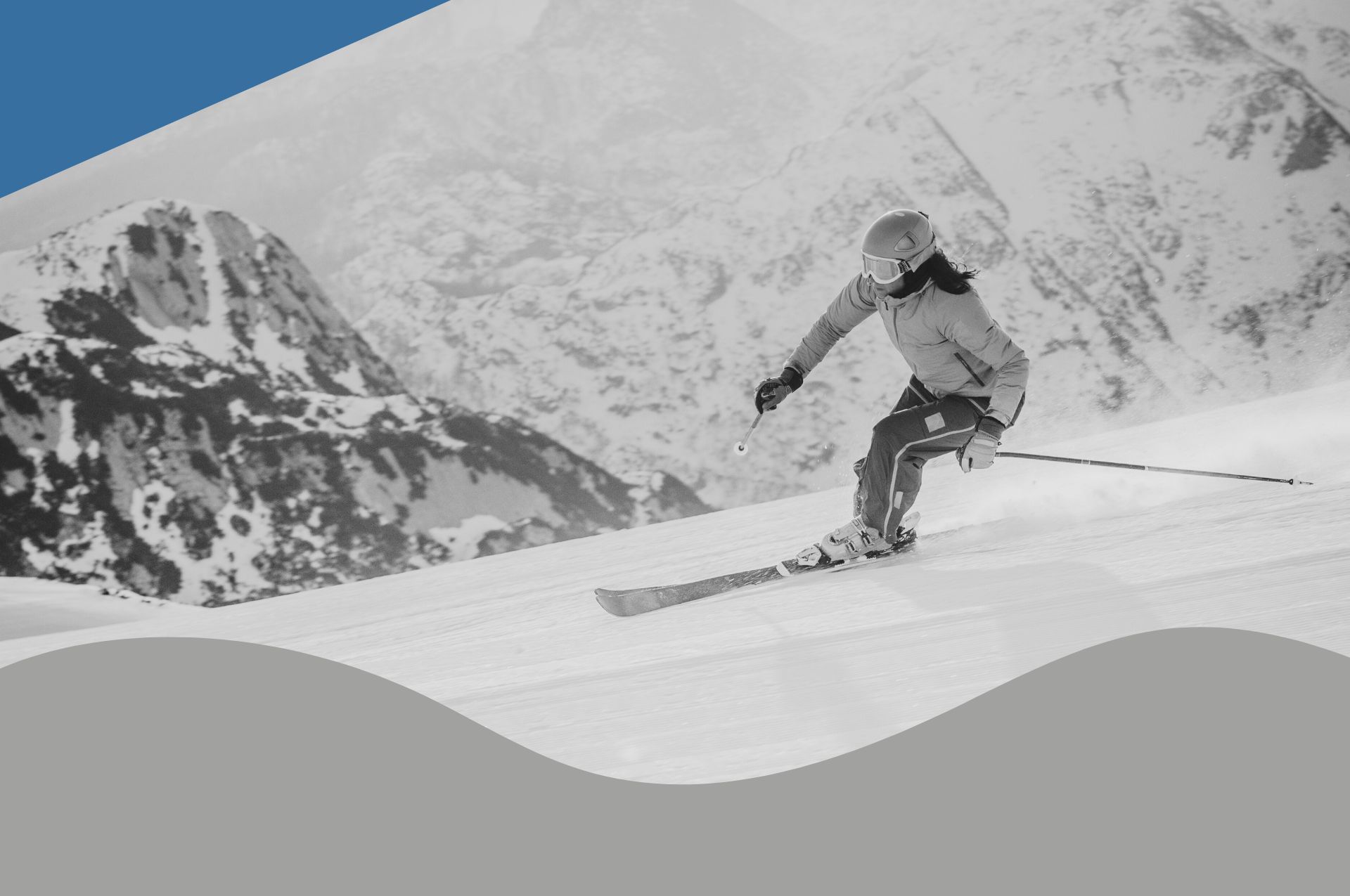
As the days get shorter and the air turns crisp, many of us start dreaming about fresh powder, mountain air, and that first exhilarating run of the ski season. But before you dust off your boots, it’s worth thinking about one crucial thing: your body’s readiness. Whether you’re a seasoned skier eager to hit the slopes from day one, or an occasional skier looking to make the most of a long-awaited trip, a little “pre-hab” — preparing your body in advance — can make all the difference between an enjoyable week on the mountain and one cut short by fatigue or injury.
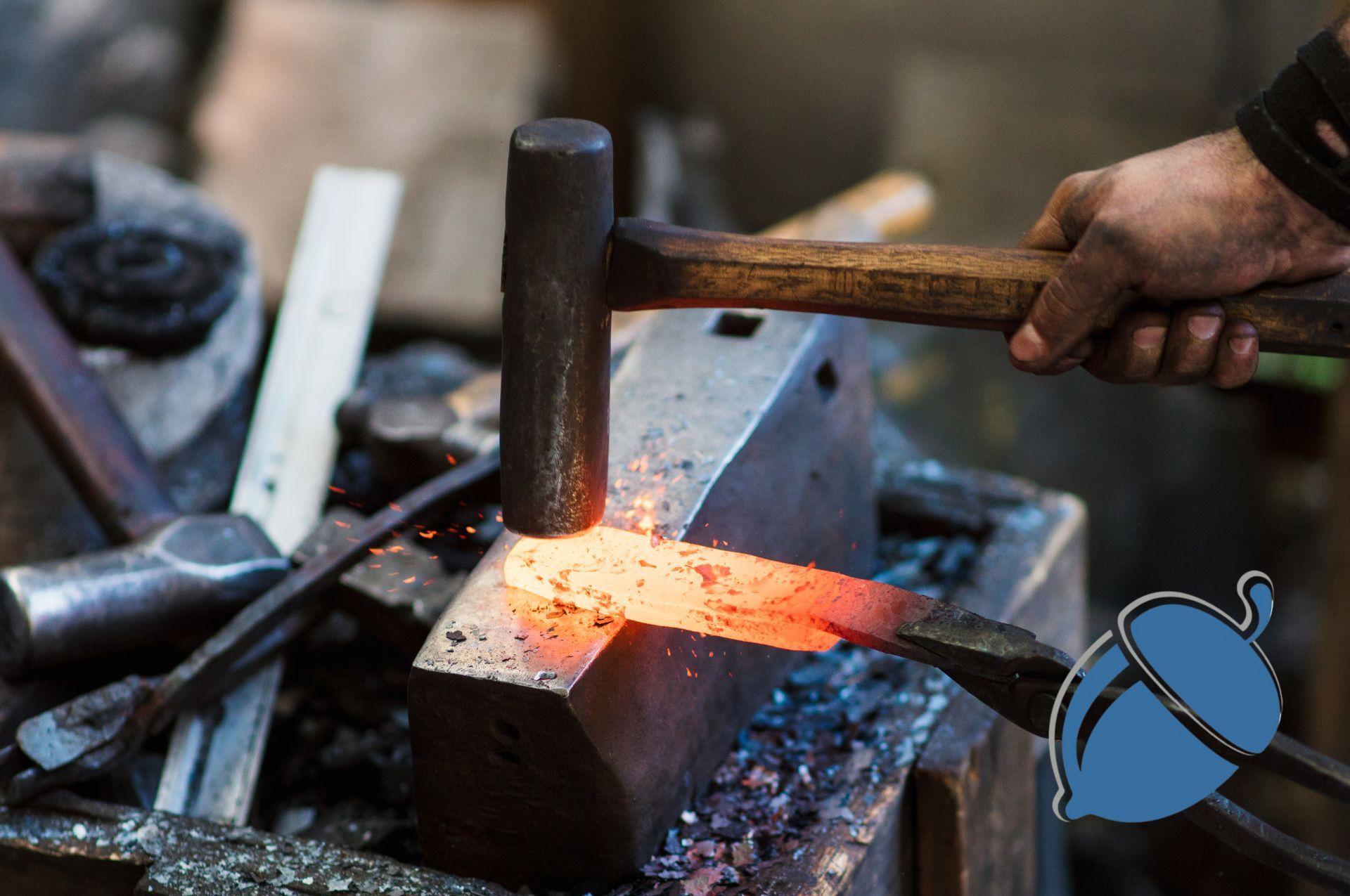
There’s no easy way to put it — the sudden closure of Private Midwives has left a real void, both professionally and personally, for many highly experienced tongue tie practitioners. It’s disrupted livelihoods, interrupted the continuity of care for families, and forced many to face a wave of uncertainty.


